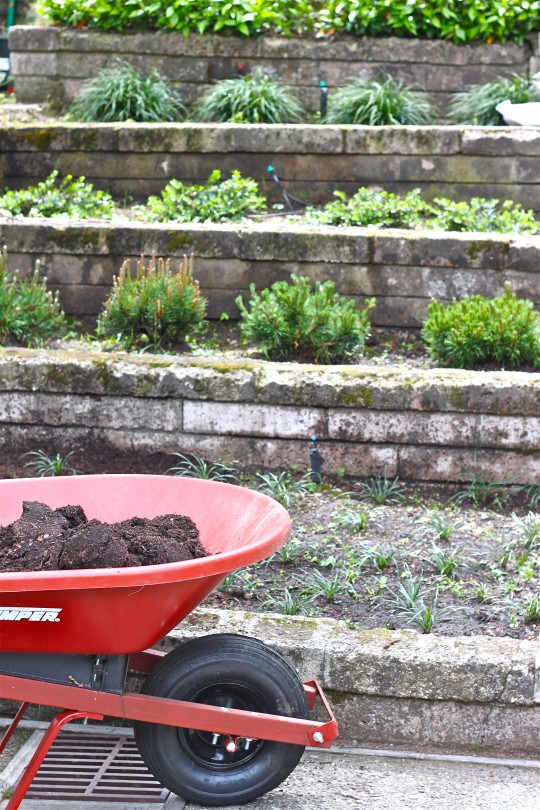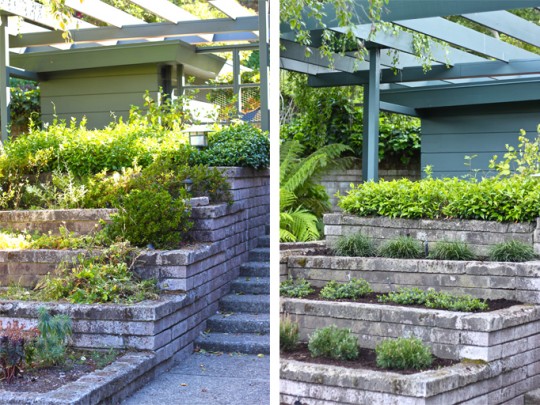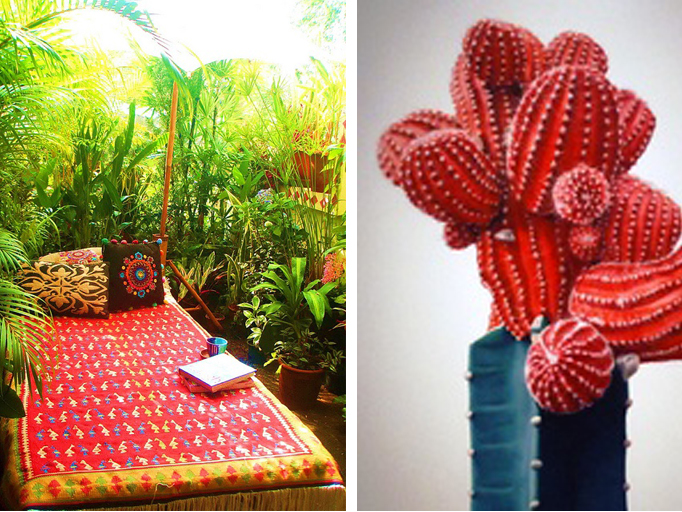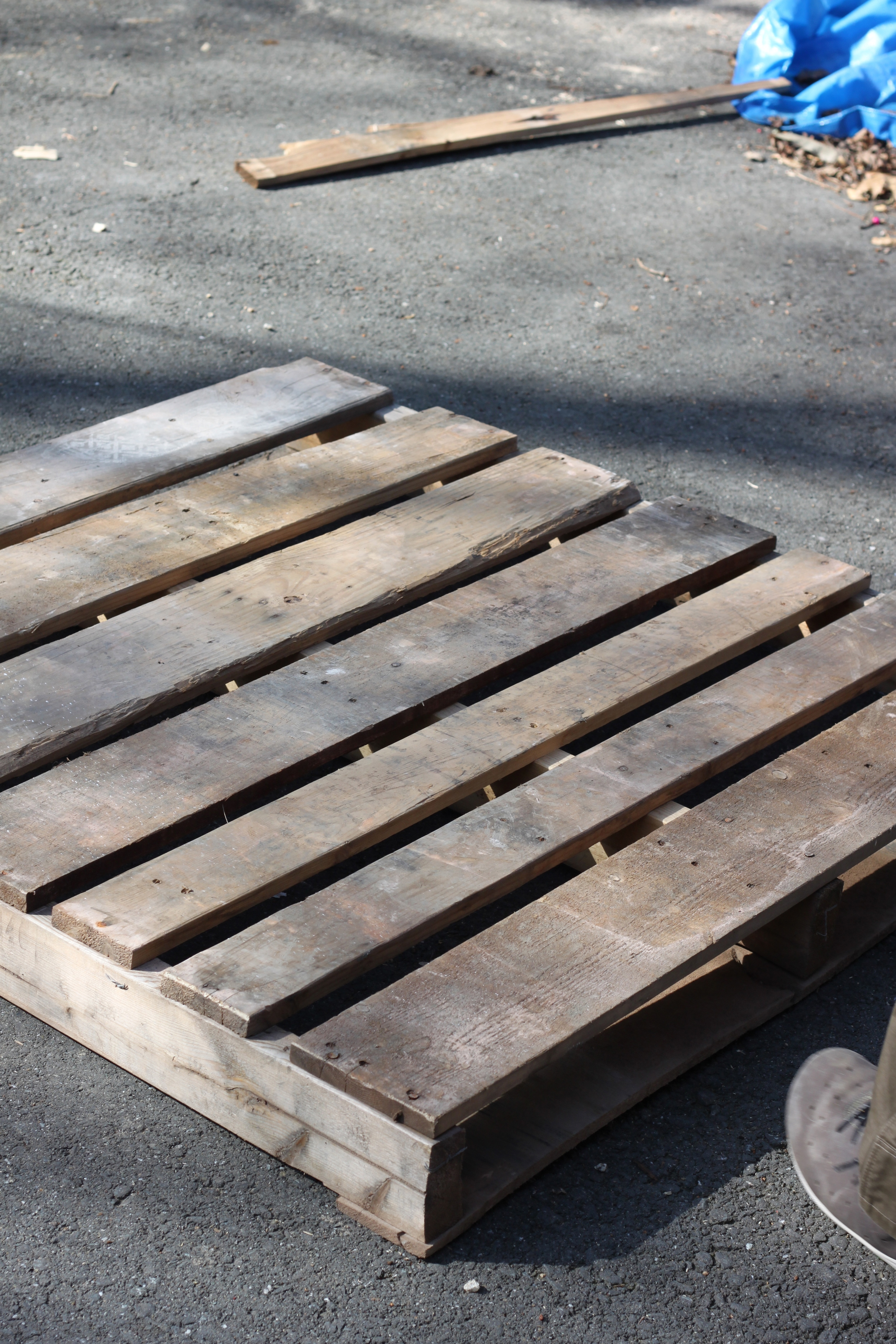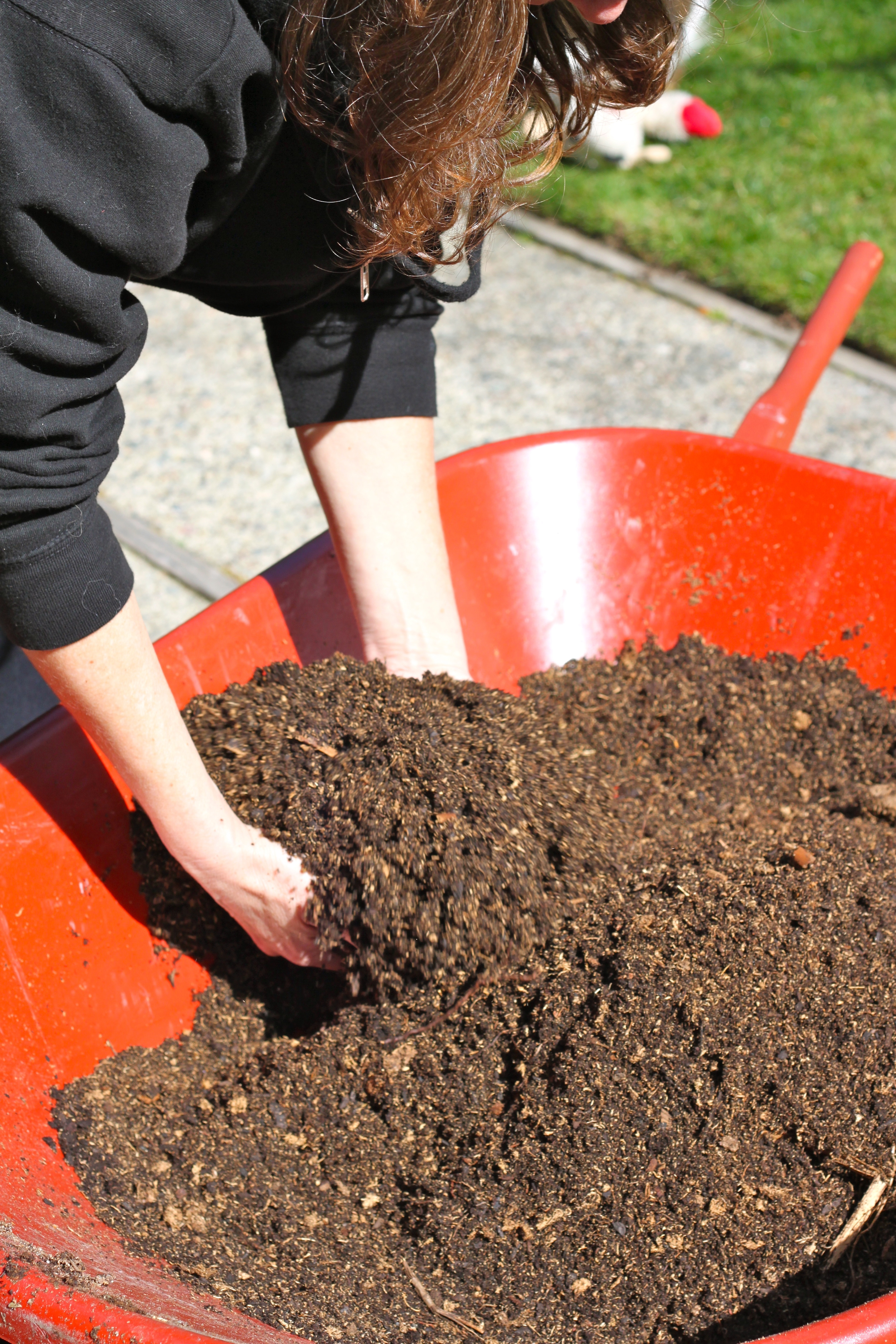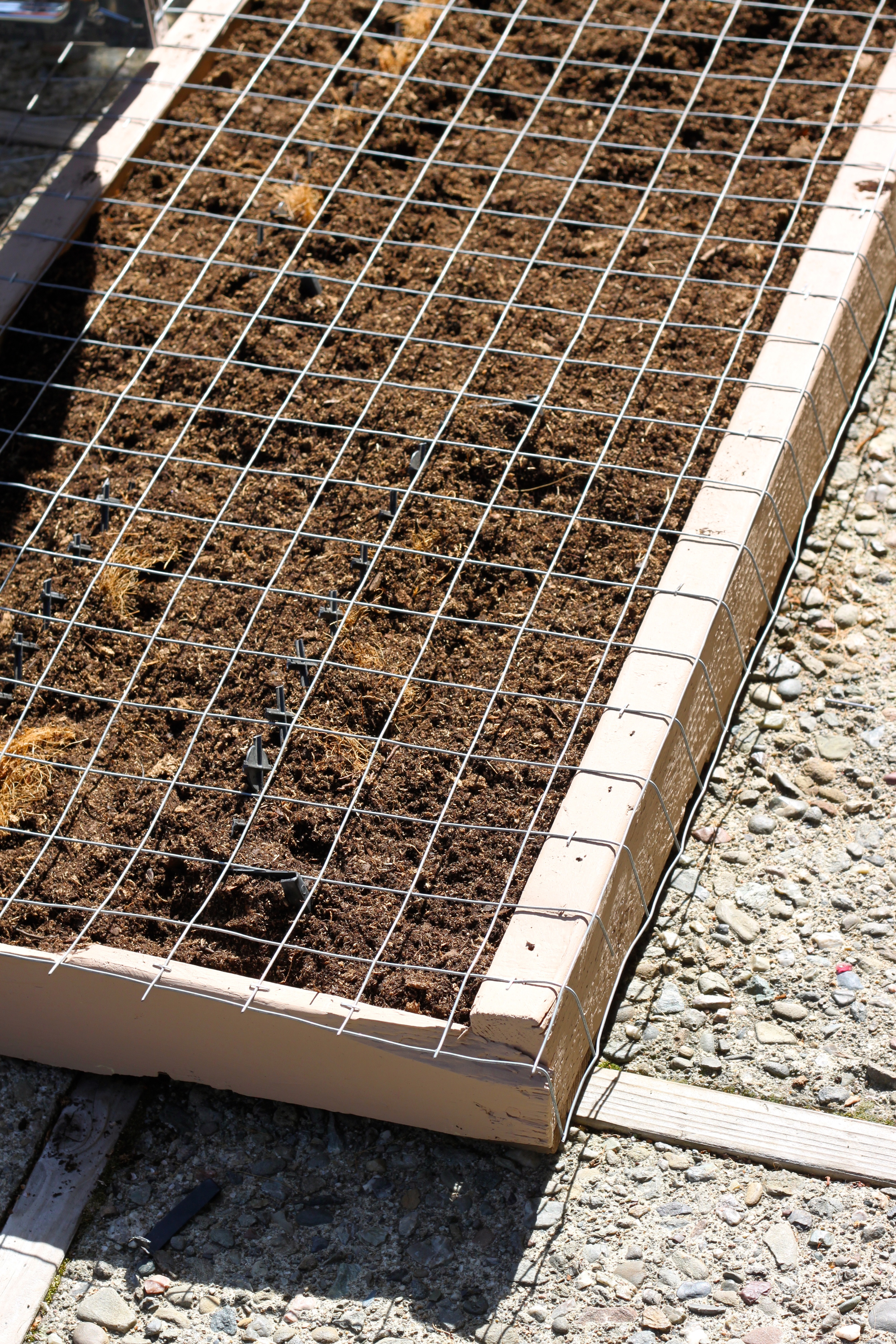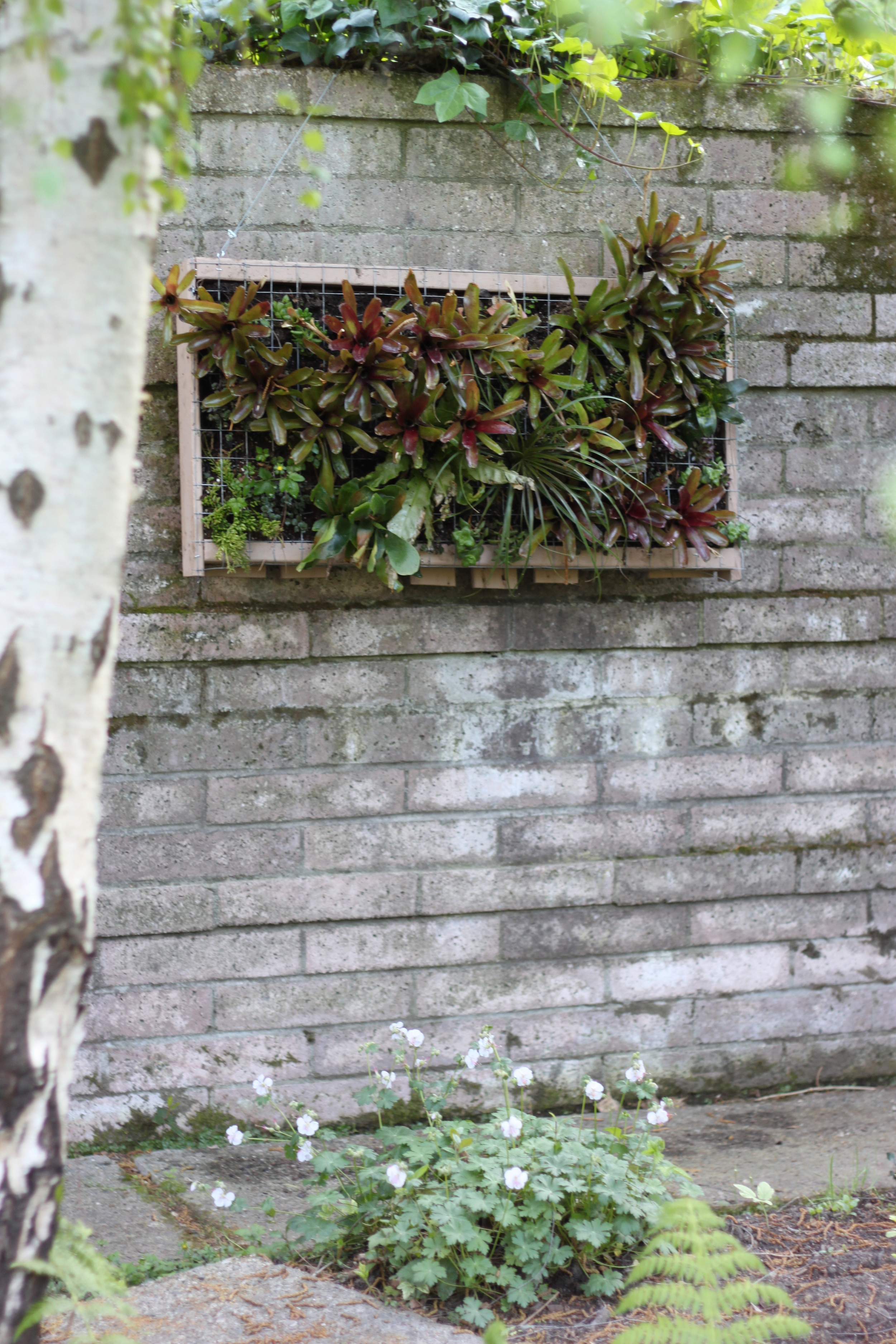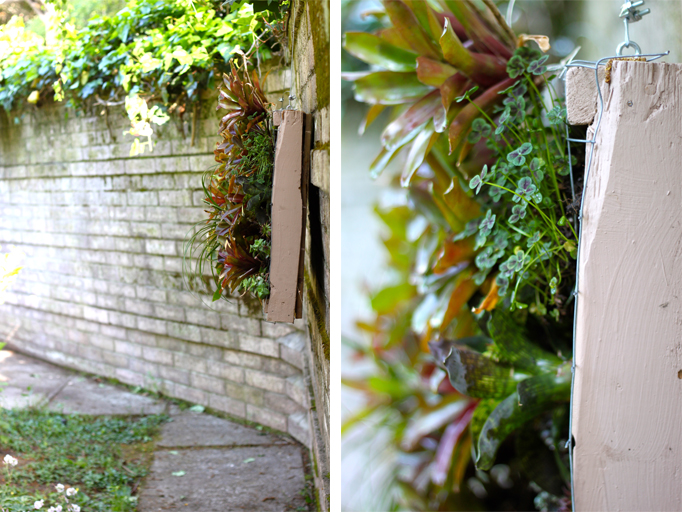I suppose I inherited a love of yard work from my Dad. In the beginning, it was clearly a chore, i.e. raking, weeding, mulching, etc. However, it didn't take long for me to see it in a different light. I began seeking out things to do in our garden, following my dad behind the mower raking grass clippings or selecting and planting flowers in our many beds. That's why I'm delighted when I see our children are enjoying getting their hands in the soil, choosing plants in garden centers and, of course, watering. Recently Zoe helped me mulch the tiered section of our entry steps. In the original 1953 landscape plans a waterfall feature was intended for this space. We chose to plant Mondo Grass, Dwarf Red Pine, Manzanita and Jasmine instead. The mulch around the plantings not only enhances the foliage color, but also keeps the soil moist and the weeds at bay.
As time passes, I look forward to seeing the tiers fill in and our children's interest in gardening grow.
I'm so grateful for my childhood experiences in the garden. Thank you, Dad!
Have a great weekend!

